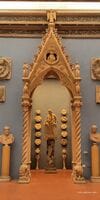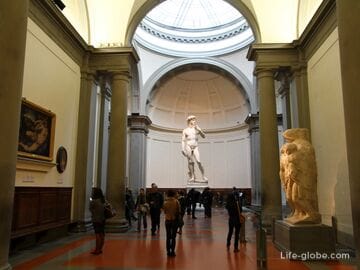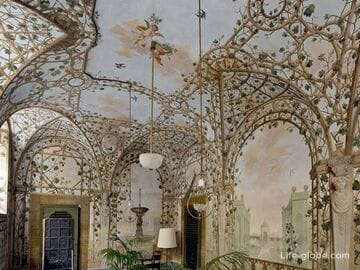The Stefano Bardini Museum or the Bardini Museum (Museo Stefano Bardini) is a museum in Florence that exhibits the collection of the Italian antiquarian and collector Stefano Bardini (1836-1922).
To house his collection in 1880, Bardini bought a complex of buildings from different eras, including the church of San Gregorio della Pace, and turned them into an eclectic palace, using for construction, including collected medieval and Renaissance stones, carved lintels, fireplaces and stairs, as well as painted coffered ceilings: exhibits of windows on the ground floor of the facade, for example, originate from the altars of the demolished church of San Lorenzo in Pistoia.
Apart from the museum building, the Bardini property complex was much larger. It also included: the Palazzo dei Mozzi (Palazzo dei Mozzi) of the thirteenth century and a historical park extending over four hectares on the slopes of the hill (Bardini Garden, which can be visited today), which houses panoramic terraces and Villa Bardini with a museum and exhibition halls. More about the garden and Villa Bardini...
After Bardini's death in 1922, the museum was inherited by the Municipality of Florence, which transformed it into a city museum, changing the premises and distributing the exhibits.
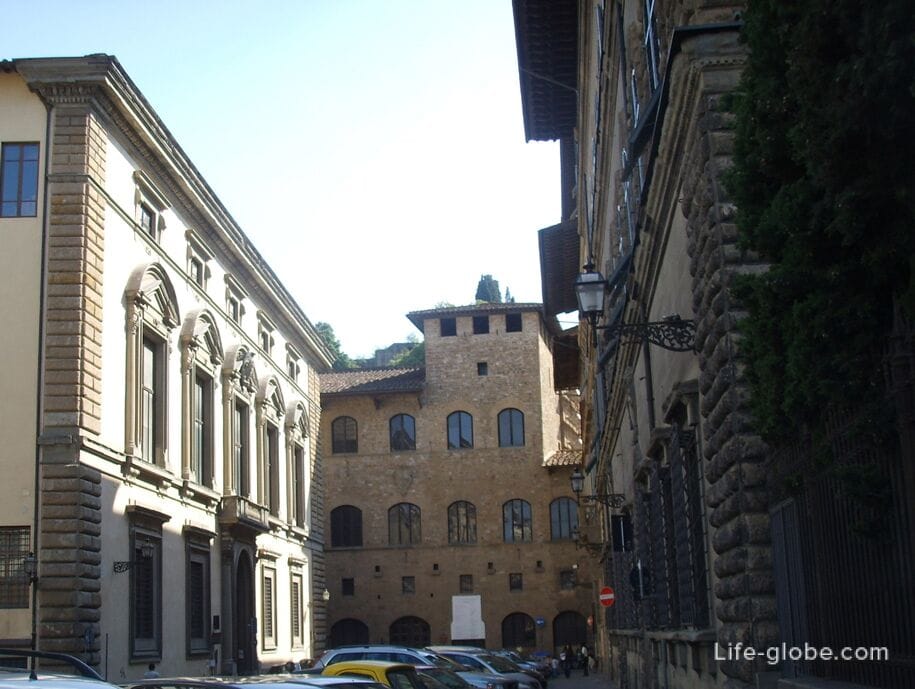
Today, the Bardini Museum is one of the most important "small" museums in Florence.
The museum exhibits an eclectic collection assembled by art dealer Stefano Bardini, which includes paintings, sculptures, tapestries, armor, musical instruments, ceramics, coins, medals, antique furniture, etc.
Among the most important works: "Mercy" by the Italian sculptor Tino di Camaino, "Madonna dei Cordai" by Donatello and "Madonna and Child" attributed to the same artist, glazed terracotta from the workshop of Della Robbia, "San Michele Arcangelo" by Antonio del Pollaiolo, "Hercules at the Crossroads" by Domenico Beccafumi, "The Martyrdom of the Saint" by Tintoretto, works by Guercino and thirty drawings by Tiepolo.
The museum also displays a large medieval wooden crucifix, a collection of wedding chests, antique carpets, including the one measuring 7.50 meters, which was used on the occasion of Hitler's visit to Florence in 1938.
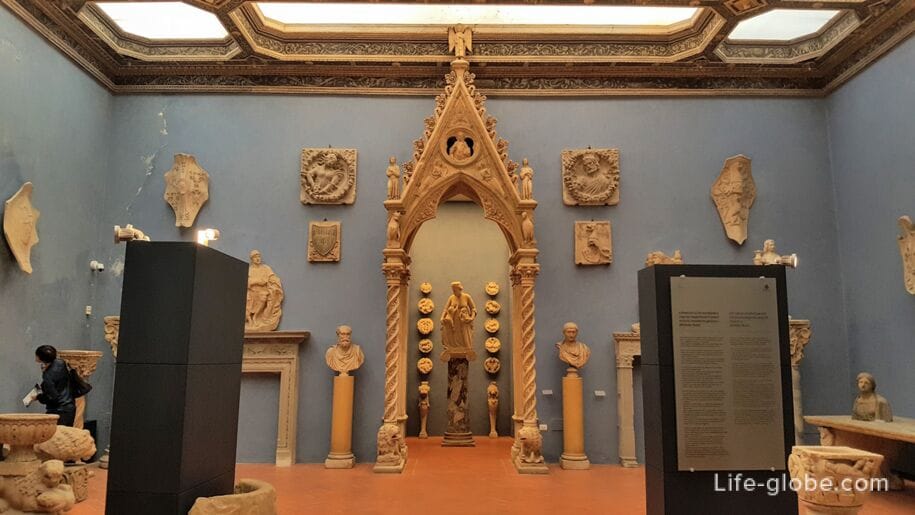
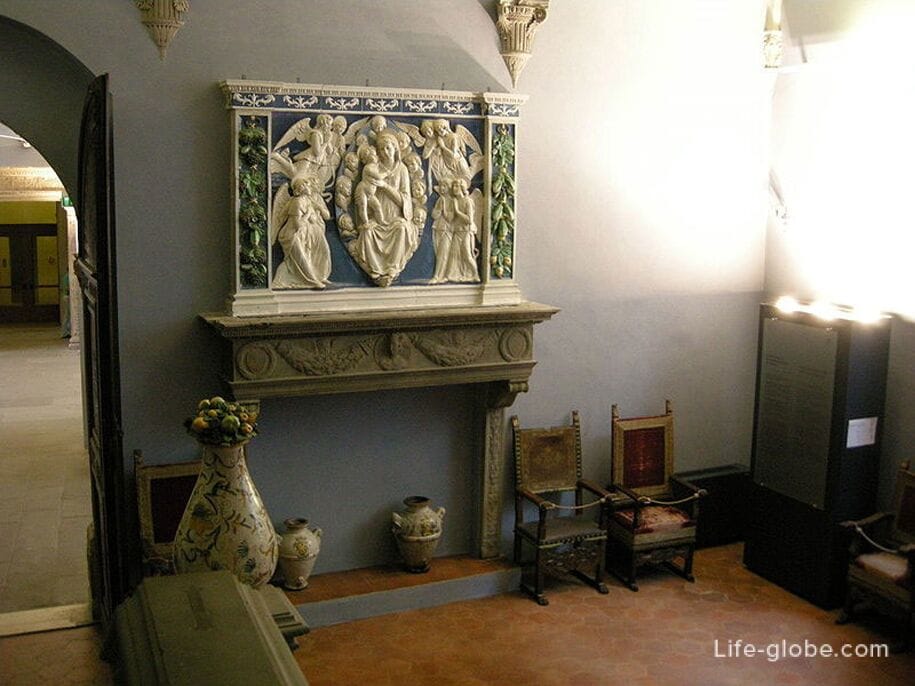
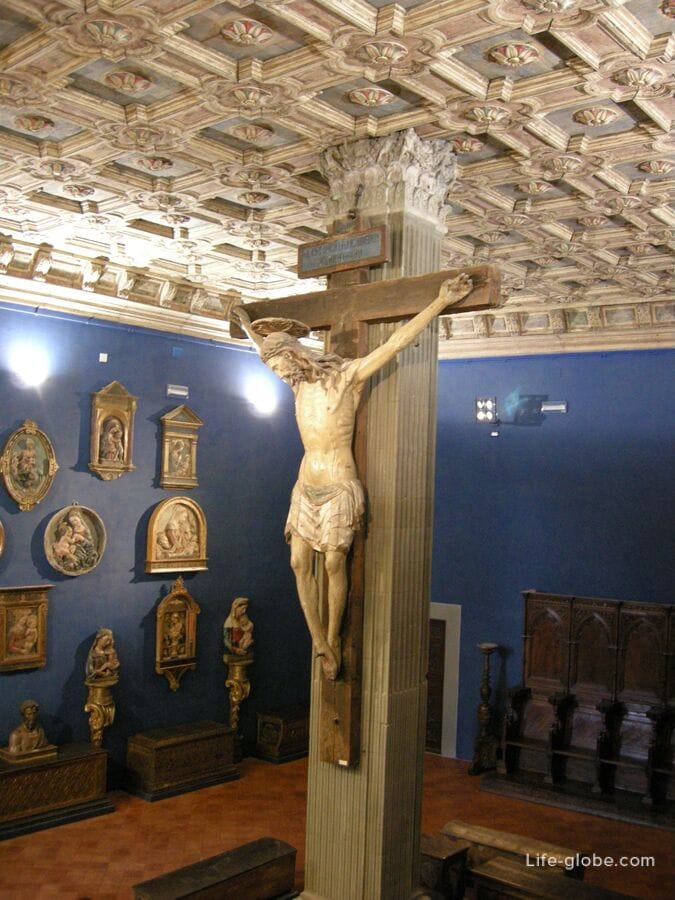

One of the most famous exhibits of the Bardini Museum is a bronze sculpture of a Florentine boar by the Italian sculptor Pietro Tacca. The original marble original of the boar, presented by Pope Pius IV to Cosimo I de' Medici in 1560, during his visit to Rome, is in the Uffizi Gallery in Florence.
The bronze copy of the boar is now located in the historical center of Florence, and is a landmark and a public fountain of the boar (Porcellino, Fontana del Porcellino), where people perform a ritual for good luck "rub a piglet - put a coin". Learn more about the boar fountain and the ritual for good luck…
Photo of the original boar in the Bardini Museum
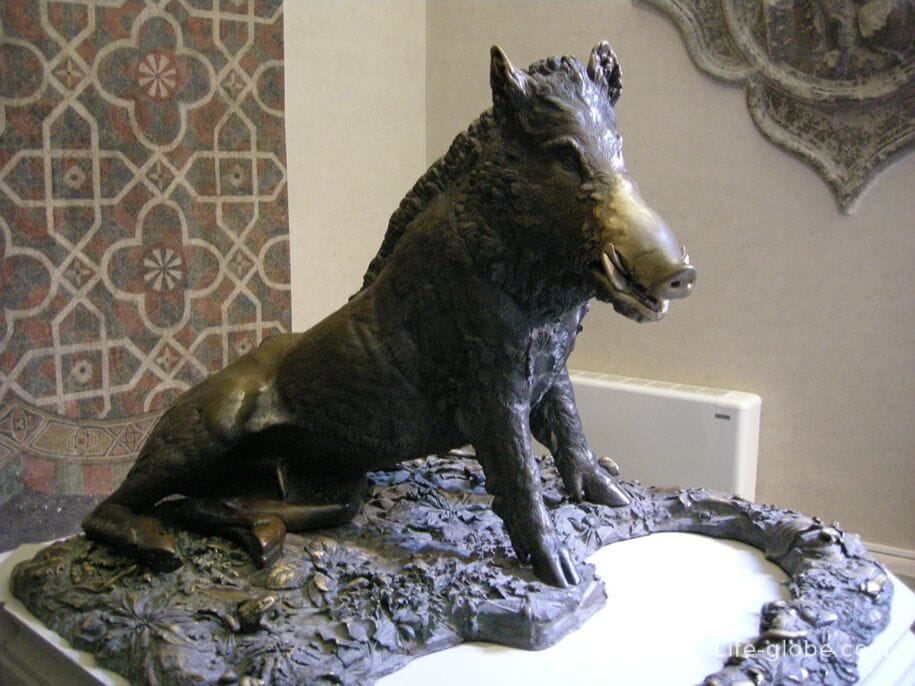
Photo of the boar fountain in the center of Florence
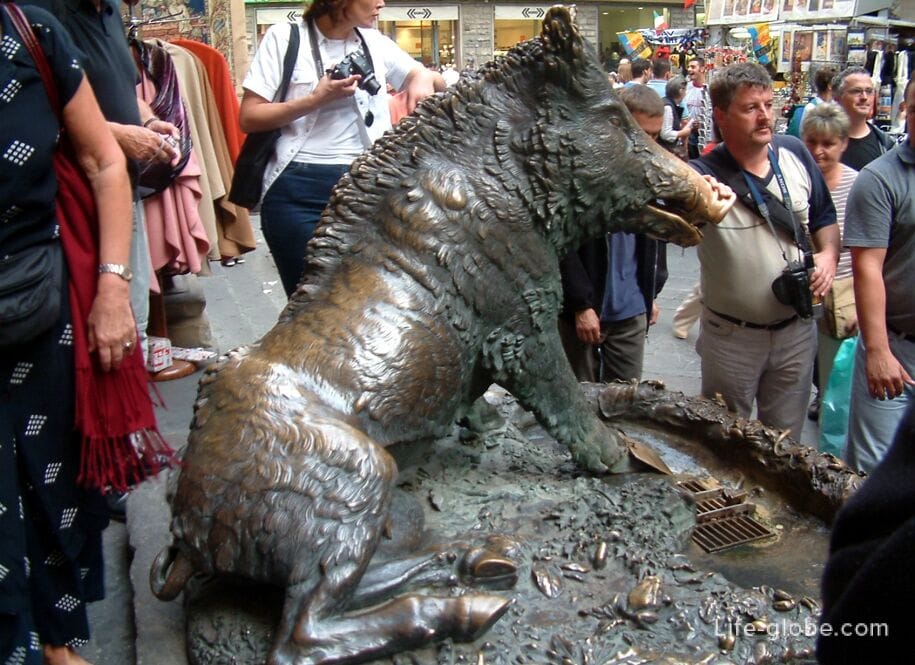
Practical information
Entrance to the Bardini Museum is paid. Children are free. There are discounted tickets. Around the museum, for a fee, conducting excursions.
Opening hours of the Bardini Museum: Friday - Monday from 11:00 to 17:00. The museum is closed on New Year, Easter Sunday, May 1, August 15, and Christmas. The ticket office closes 60 minutes before the museum closes.
We recommend checking the museum's opening hours and ticket prices before visiting.
The address of the Bardini Museum: Via dei Renai, 37, 50125 Firenze FI, Italy.
Coordinates of the Bardini Museum: 43°45'54.3"N 11°15'30.4"E (43.765086, 11.258439).
All accommodation facilities in Florence (hotels, apartments, guest houses, etc.), including in the historical center of the city and more remotely from it, can be viewed and booked here




